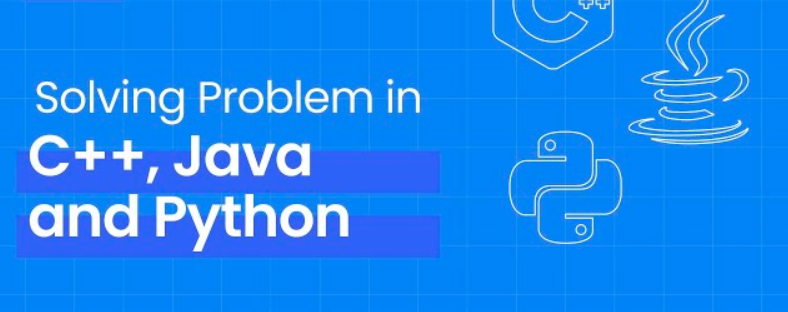Programming assignments can feel overwhelming — whether it’s debugging Python code, building a Java application, or writing a complex C++ program. But with the right approach, you can turn frustration into confidence.
This step-by-step guide will walk you through how to tackle your programming homework efficiently, learn faster, and deliver clean, working code like a pro.
Step 1: Understand the Problem Clearly
Before you start typing a single line of code, analyze the problem carefully.
Most students jump straight into coding and end up stuck halfway through because they didn’t fully grasp what’s being asked.
✅ Tips:
Read the assignment prompt at least twice.
Highlight input requirements, output expectations, and constraints.
Break the task into smaller objectives (functions, loops, or modules).
Ask your instructor for clarification if anything is unclear.
🧠 Example:
If your Python assignment asks you to “find the sum of even numbers in a list,” think about how the input (list) and output (sum) interact before coding.
Step 2: Plan Your Logic Before Coding
Once you understand the task, create a logical plan or algorithm.
You can write it in plain English or pseudocode. This will save you time and make debugging much easier later.
✅ Tips:
Sketch a quick flowchart or list out the steps in your program.
Think of edge cases — what if the input is empty or invalid?
Decide which data structures and control statements will help.
💡 Example:
For a C++ assignment, list down functions, loops, and variable types you’ll need before opening your IDE.
Step 3: Choose the Right Tools and Environment
Make sure you’re working in an environment that suits your programming language:
Python: Use IDEs like PyCharm, VS Code, or Jupyter Notebook.
Java: Work with IntelliJ IDEA or Eclipse for auto-completion and debugging.
C++: Choose Code::Blocks, CLion, or Visual Studio for better control.
Keep libraries and dependencies updated, and always save versions of your code.
Step 4: Start Coding in Small Steps
Now, it’s time to implement your logic — but start small.
Code one section at a time and test as you go. Writing everything at once increases the chance of hidden errors.
✅ Tips:
Begin with a simple, working version.
Use comments to explain your logic (especially for assignments).
Write modular code — use functions or classes for better organization.
💬 Pro Tip:
If you’re stuck, try explaining your logic to a friend or even to yourself — it often helps you spot logical gaps.
Step 5: Test and Debug Thoroughly
Once your code runs, test it with multiple inputs to ensure it works for all cases.
Don’t skip debugging — even professionals spend most of their time here.
✅ Testing Checklist:
Try valid and invalid inputs.
Use print statements or debugging tools.
Check for memory issues in C++ and runtime errors in Java/Python.
🧠 Example:
In Python, use assert statements to test expected outcomes.
In C++, watch out for pointer misuse or segmentation faults.
Step 6: Optimize Your Code
Once your program runs correctly, review it for efficiency and readability.
Clean code is not only easier to understand but also performs better.
✅ Optimization Tips:
Remove redundant loops or variables.
Use built-in functions where possible.
Add meaningful comments and proper indentation.
💡 Example:
In Java, prefer enhanced for-loops (for-each) for cleaner syntax.
In Python, list comprehensions can replace long loops for concise code.
Step 7: Document Your Work
Always include documentation and comments — especially if it’s an academic submission. It shows professionalism and makes your logic easier to follow.
✅ Include:
A title or header with your name, course, and assignment number.
Short descriptions of each function or class.
References to any sources used.
Step 8: Review Before Submission
Before submitting, double-check everything:
Does your program meet all requirements?
Is it formatted and free of syntax errors?
Did you include your name, comments, and output screenshots (if required)?
Consider running your code one final time to ensure no last-minute bugs appear.
Learning from Expert Programming Assistance
If you find programming assignments challenging or time-consuming, seeking expert assistance can be a practical way to learn.
The CollegeEssay.org writers provide guidance and support for programming homework in Python, Java, and C++. They focus on creating clear, well-documented, and accurate code solutions that help students understand core programming concepts and improve their skills.
Getting professional help can also serve as a valuable learning resource, offering examples of structured, efficient code and best programming practices.
Final Thoughts
Learning programming takes time, patience, and consistent practice.
By following these steps — from understanding the problem to debugging and optimizing — you’ll complete your Python, Java, or C++ assignments confidently and efficiently.
So next time you’re faced with a tough coding task, take a deep breath, follow this guide, and code like a pro!




Top comments (0)